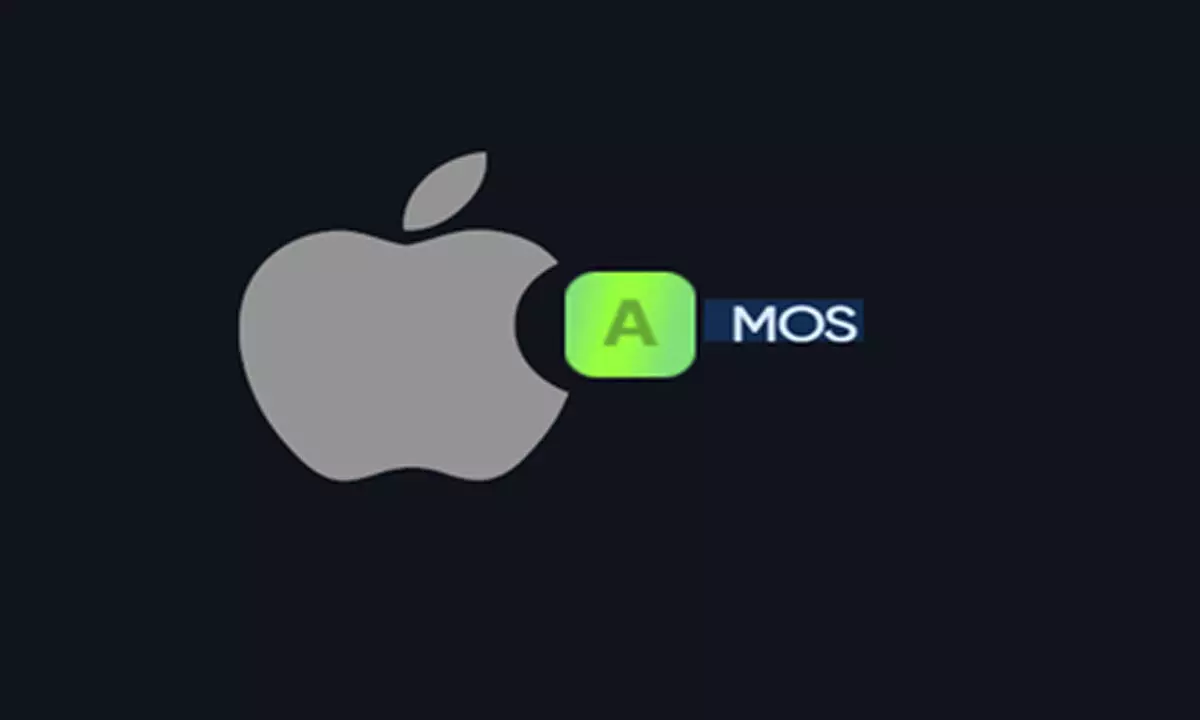Live
- ‘Pushpa-2: The Rule’ creates nationwide buzz with electrifying updates
- CERT-In Warns iPhone Users: Update to iOS 18.1.1 Now to Avoid Hacking
- Rana Daggubati’s Show gets huge applause at 55th IFFI
- Jana Sena MLA Pulaparthi Ramanjaneyulu Elected as PAC chairman
- Stage set for counting of votes for Jharkhand Assembly elections
- MLA Sri Ganesh Engages ASHA Workers and Resource Persons in Caste Census Meeting
- Supreme Court verdict on validity of Preamble modification in 1976 likely on November 25
- ‘Zebra’ movie review: A gripping tale of banking fraud and redemption
- Saurabh Netravalkar, Unmukt Chand, Dwayne Smith and Rahkeem Cornwall headline USPL
- NPP asks members not to attend meeting called by Biren govt








